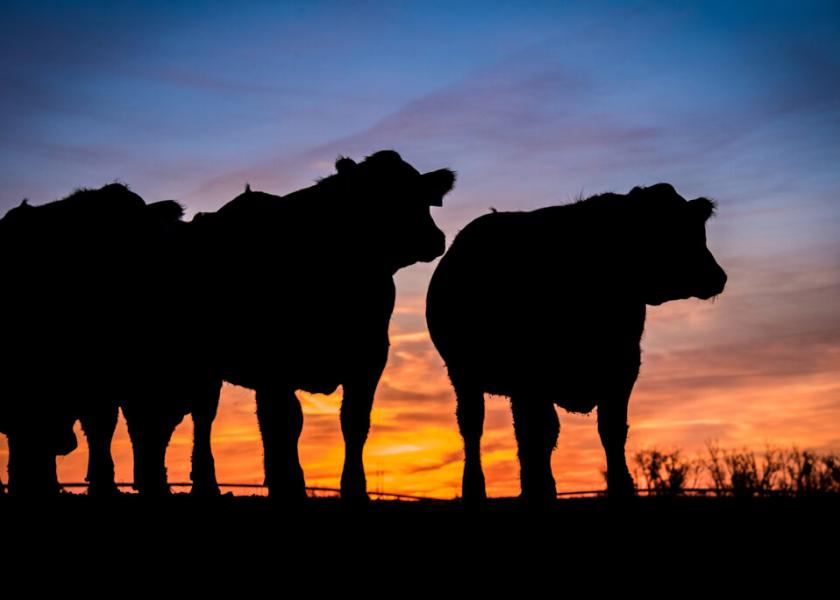Facility Focus: Is Your Farm Equipped to Raise Beef-on-Dairy?

As beef prices soar, dairy producers are ramping up their utilization of beef semen on lower end dairy cows, resulting in more beef-on-dairy calves. These calves tend to bring in a decent chunk of change at the sale barn. However, older animals continue to be more valuable, enticing some farmers to raise these animals to finishing weight.
Before deciding to raise beef-on-dairy animals, there are several important things one should consider. Some of these items include factoring in additional feed costs and the potential need for added labor. However, if raising your own beef-on-dairy animals pencils out, it’s also important to make sure your facilities can handle the load.
Beef-on-Dairy Calves
Similar to raising dairy calves, beef-on-dairy calves should be kept in a clean, dry environment. According to Tara Felix, extension beef specialist for Pennsylvania State University, most dairy beef starter calves are housed in individual stalls at least 24 inches wide until they are 9 to 10 weeks of age. After that the calves can be maintained in larger group pens of up to 25 animals.
“Larger groups often have a less-uniform growth rate, and it is more difficult for producers to observe and treat the variety of illnesses that might affect the calves,” Felix says. “Using an ‘all-in, all-out’ system gives producers the opportunity to thoroughly clean and disinfect the entire barn where the calves are raised.”
Weaned Animals
One of the most important factors when raising beef-on-dairy animals is the availability of space. Do you have enough pens? Enough feed bunks? Or perhaps even an extra barn to finish these animals out?
“Dairy steers [and beef-on-dairy animals] require more housing and shelter than conventional beef breeds of the same age,” Felix says. “Footing is very important because dairy beef steers are fed for nearly a year. Unbedded concrete or slatted floors can result in lameness and an increased risk of injury.”
Another common problem producers run into is limited bunk space. To maximize growth performance, make sure there is adequate pen and bunk space for growing and finishing cattle.
“If space per animal is limited, then consider decreasing animal numbers or making barn renovations to increase space,” Felix adds. “Limited pen or bunk space will reduce the feed intake of less dominant animals compared to more dominant animals because cattle function in a social order.”
In addition to spacing requirements, it’s important to also factor in ventilation requirements. According to Felix, the barn where the cattle are housed should have at least one open side and sliding panels or curtains on the closed side to allow for proper ventilation.
“One of the most common causes of respiratory problems in cattle is not cold temperatures but high humidity due to inadequate ventilation in the housing area,” she adds.
It Can Be Done
In conclusion, existing facilities can be used and retrofitted to raise beef-on-dairy animals. And according to Felix, this enterprise is easy to enter when profit projections are favorable and to exit when unfavorable. However, it’s important to make sure these animals are being managed properly to ensure a profitable product hits consumers’ tables and producers’ pocketbooks. Producers should carefully research local markets and develop marketing strategies before beginning a beef-on-dairy operation.







